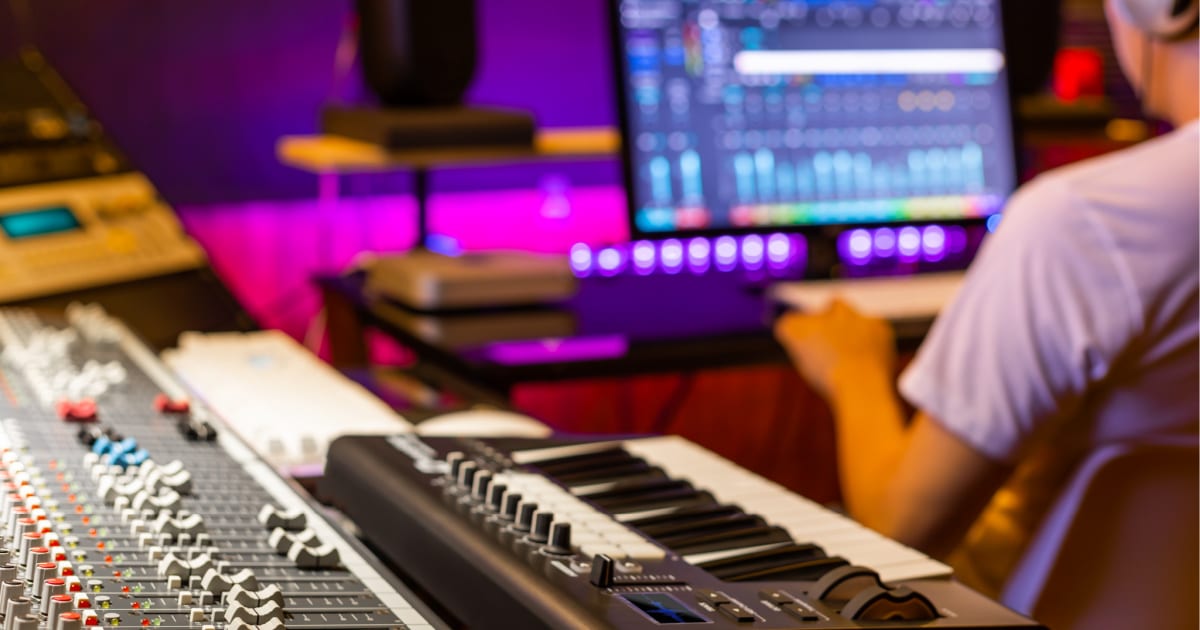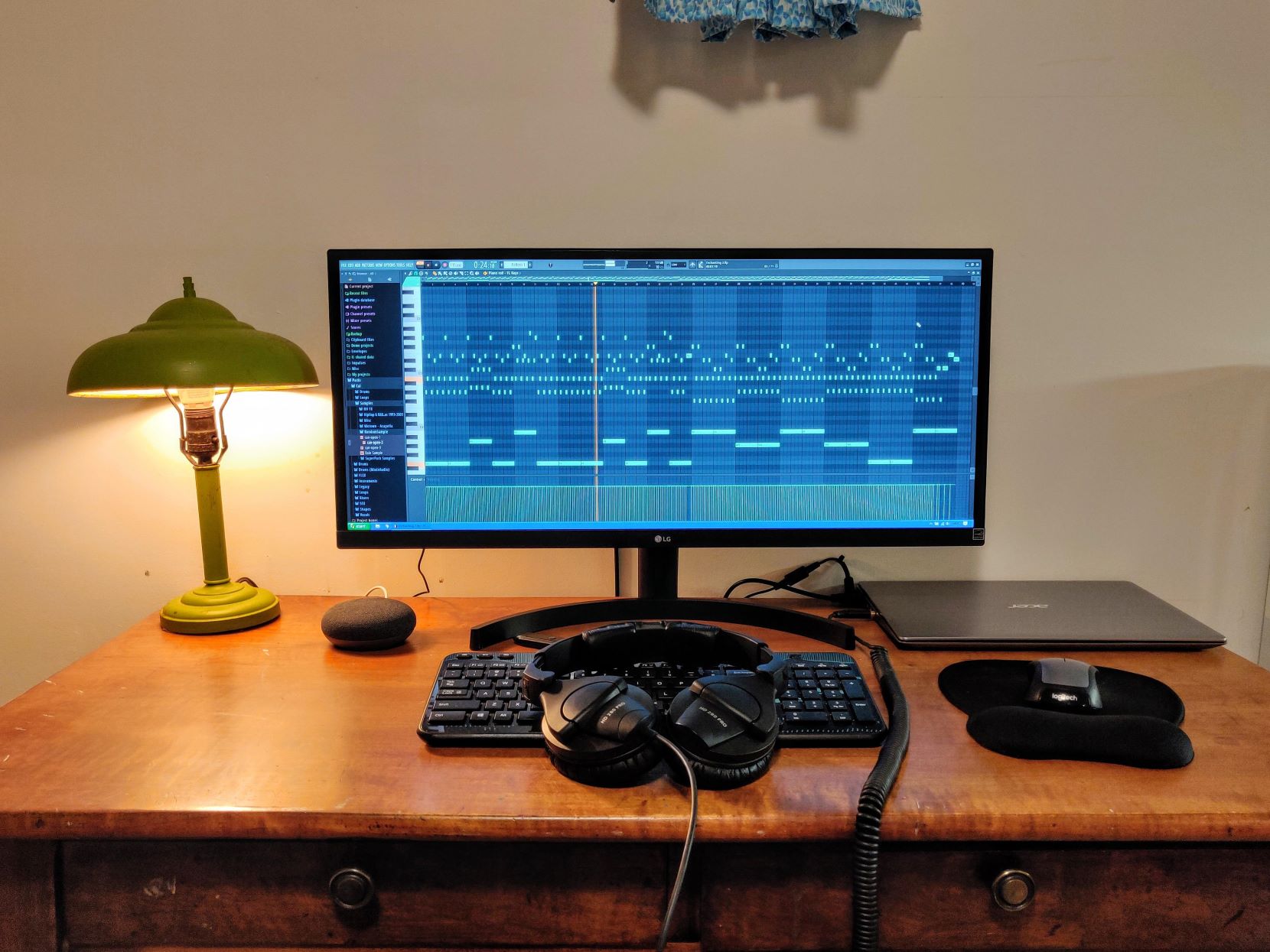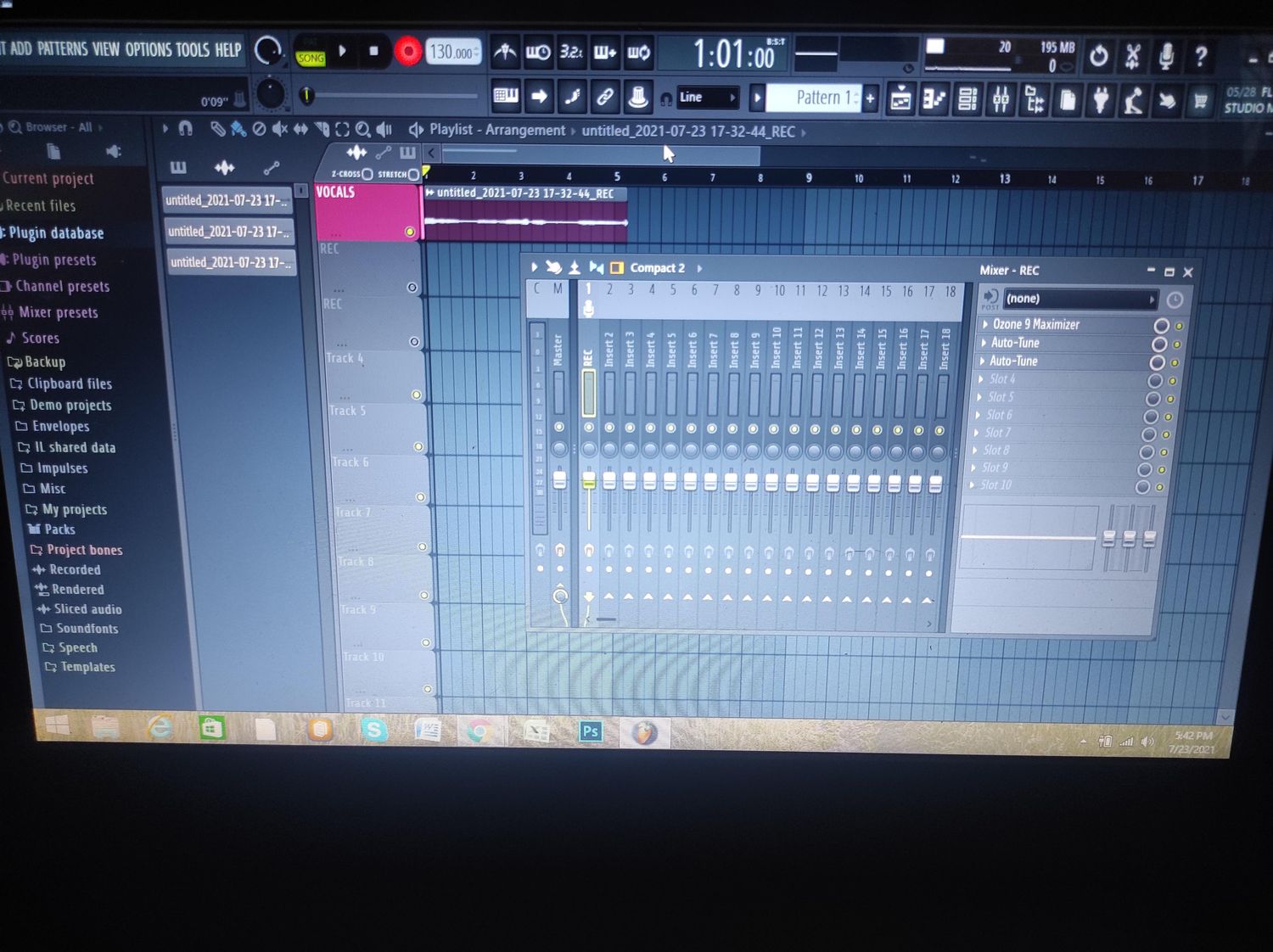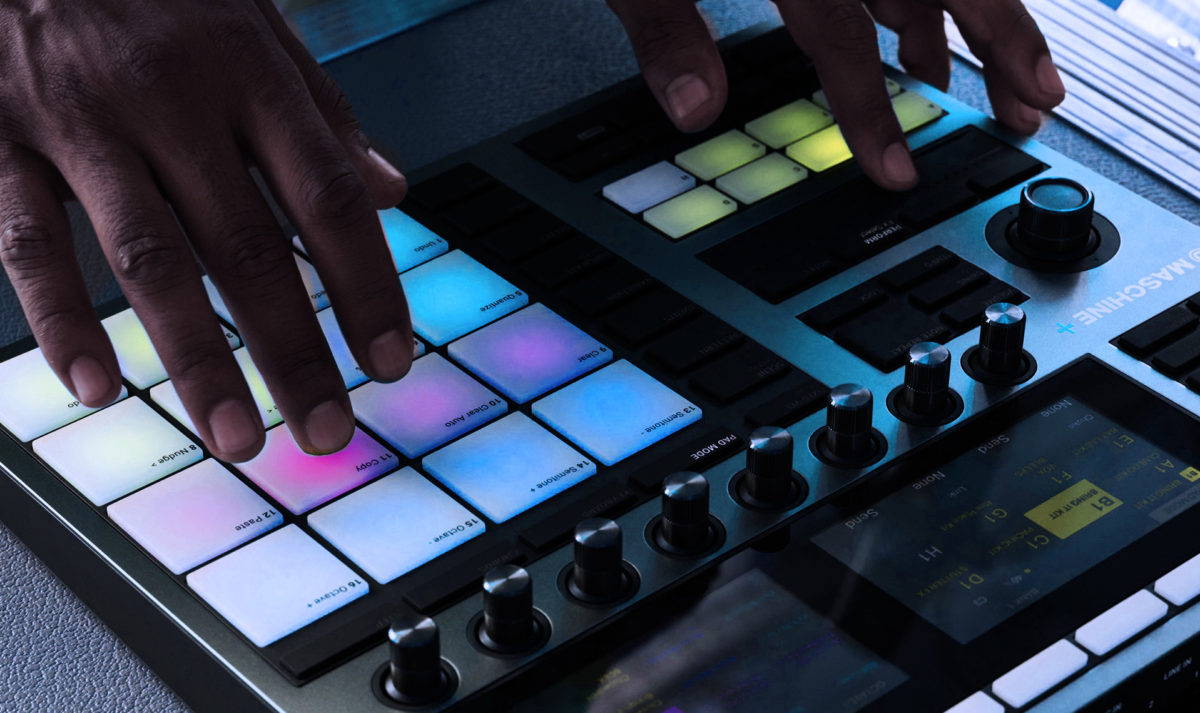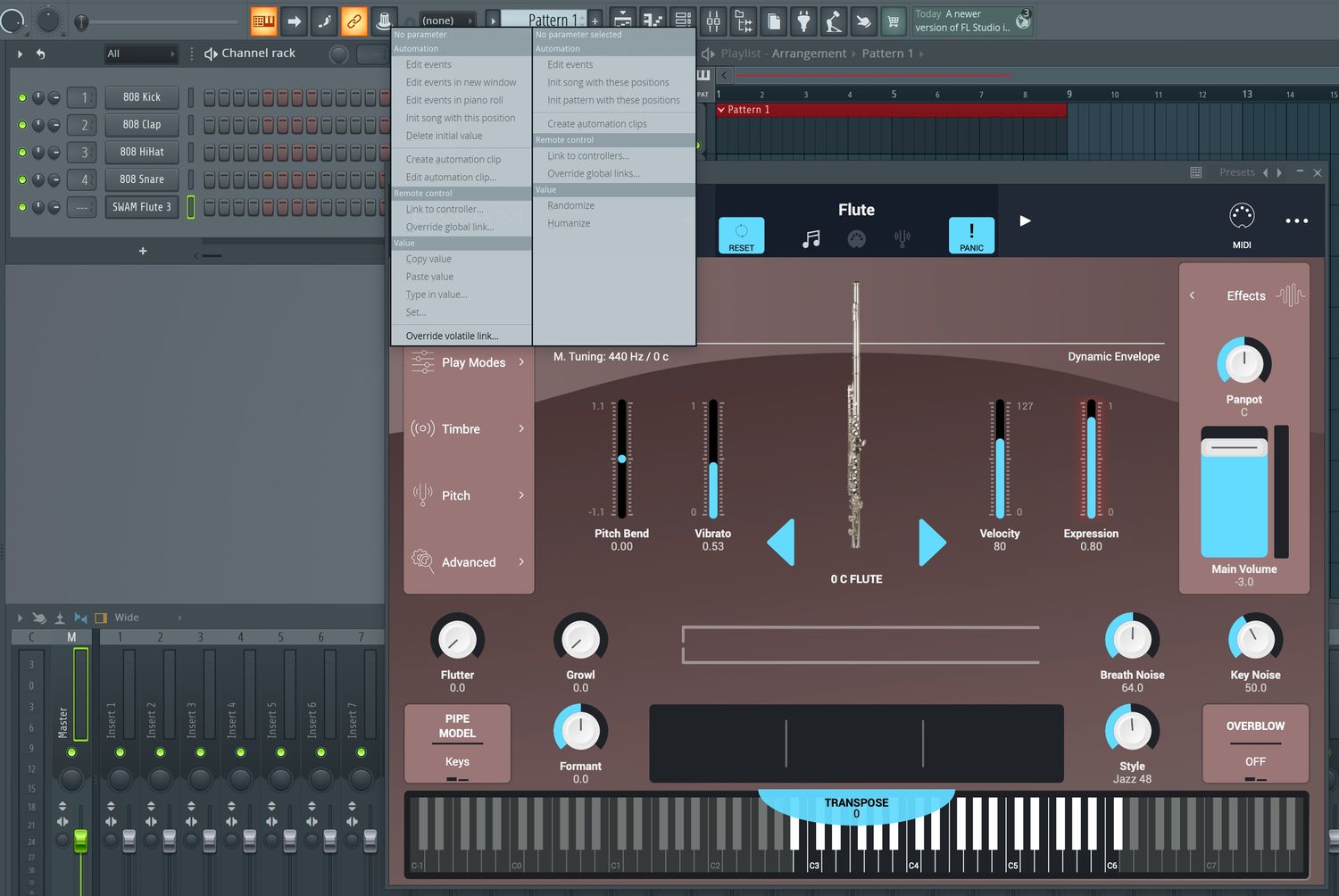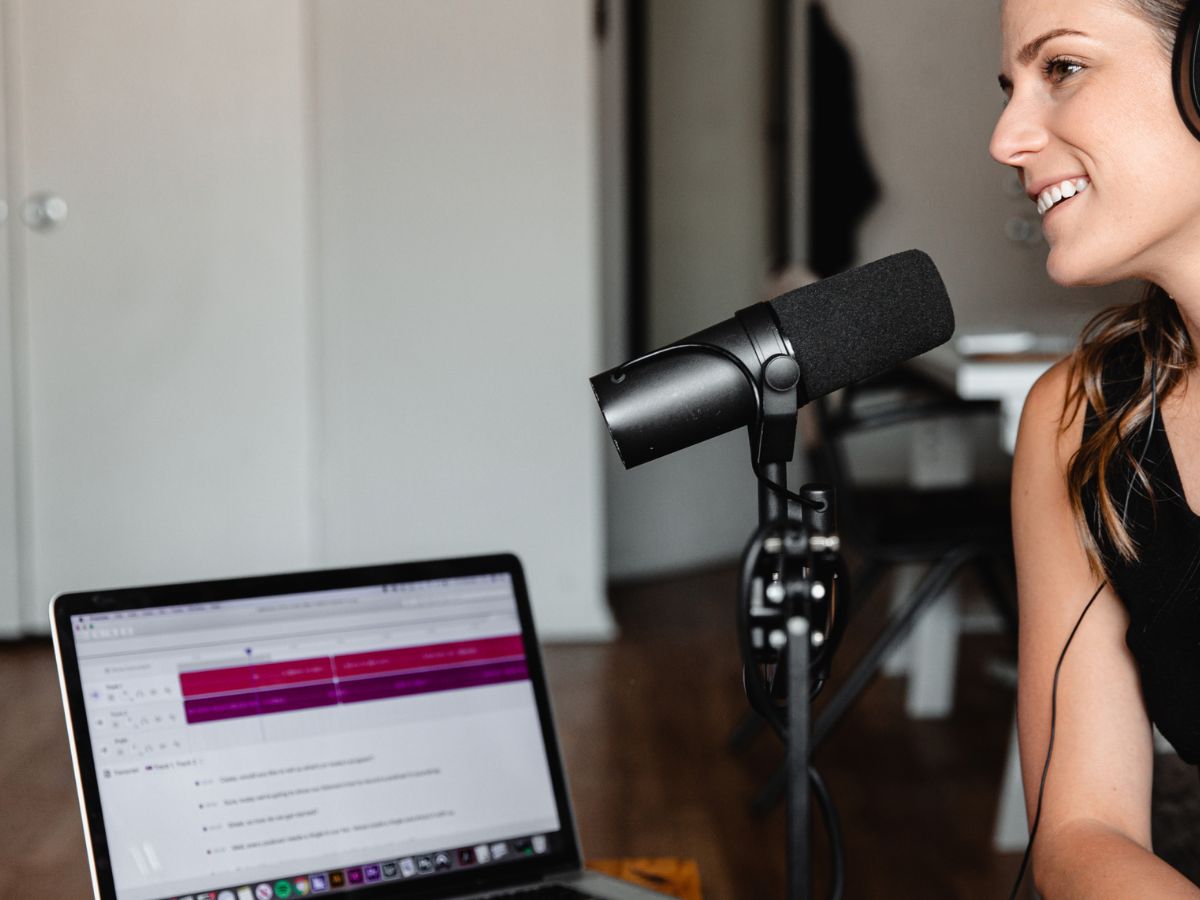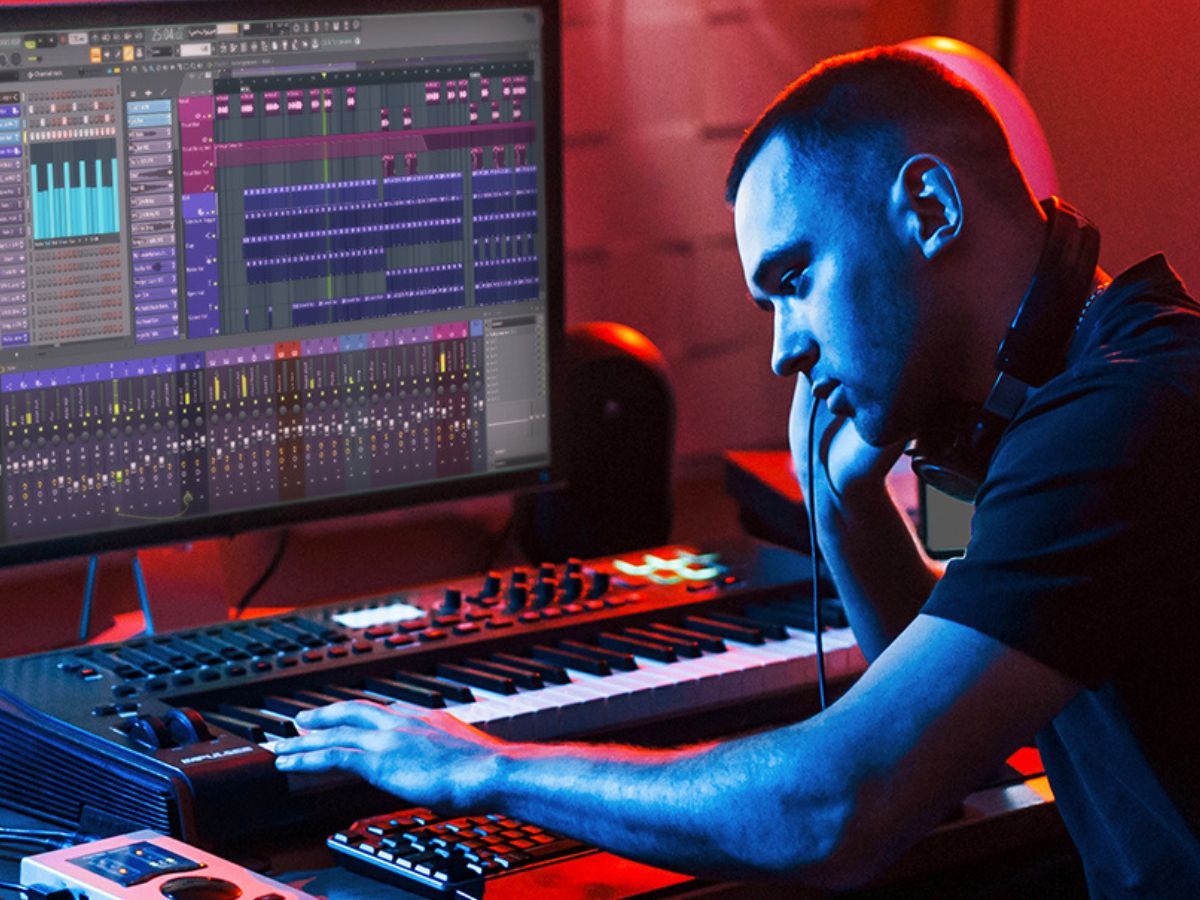

Hip Hop
How To Make A Hip Hop Beat Fl Studio
Modified: January 22, 2024
Learn how to make a banging Hip Hop beat in FL Studio with step-by-step instructions. Create professional tracks with ease and unleash your inner producer!
(Many of the links in this article redirect to a specific reviewed product. Your purchase of these products through affiliate links helps to generate commission for AudioLover.com, at no extra cost. Learn more)
Table of Contents
Introduction
Welcome to the world of hip hop beats! Hip hop music has been a cultural phenomenon since its inception in the 1970s, and the beats are an essential element that drive the genre forward. Whether you’re a seasoned producer or just starting out, creating your own hip hop beats can be a rewarding and fulfilling experience.
In this article, we will guide you through the process of making a hip hop beat using FL Studio, one of the most popular Digital Audio Workstations (DAWs) for music production. FL Studio offers a versatile and user-friendly environment that is perfect for crafting dynamic and professional-sounding beats.
Before we dive into the technical aspects of beat making, it’s important to understand the key elements that make a hip hop beat stand out. The foundation of a great hip hop beat lies in its rhythm and groove. The drums, basslines, and melodies must work together harmoniously to create a catchy and infectious beat that grabs the listener’s attention.
Additionally, hip hop beats often incorporate samples, effects, and other unique sonic elements to add depth and personality. These elements help to create a signature sound and differentiate your beats from others.
Now that we have a general understanding of what makes a hip hop beat great, let’s dive into the step-by-step process of creating one using FL Studio. Whether you’re a beginner or an experienced producer, this guide will provide you with the tools and techniques you need to create your own unique hip hop beats that will captivate listeners and get heads nodding.
Setting up FL Studio
Before we can start making our hip hop beat, we need to ensure that FL Studio is properly set up and ready for use. Follow these steps to get started:
- Install FL Studio: If you haven’t already, download and install FL Studio from the official Image-Line website. FL Studio offers different editions, so choose the one that suits your needs.
- Set up Audio and MIDI devices: Connect your audio interface or sound card to your computer and configure it in FL Studio’s audio settings. This will ensure that you can hear your beats and record MIDI data if needed.
- Choose a BPM and time signature: Decide the tempo and time signature for your beat. Hip hop beats typically range from 80 to 100 BPM, but feel free to experiment and find the groove that suits your style.
- Create a new project: Open FL Studio and start a new project. You’ll be presented with a blank canvas where you can start building your beat.
Once you have FL Studio set up and a new project created, you’re ready to move on to the next step: selecting the right sounds for your hip hop beat.
Choosing the right sounds
The sounds you choose play a crucial role in defining the character and vibe of your hip hop beat. Here are some tips to help you select the right sounds:
- Drum Samples: Start with the drums. Look for punchy and crisp drum samples that have a good balance of kicks, snares, hi-hats, and percussion. Explore different drum kits or consider layering multiple samples to create your own unique drum sound.
- Melodic Instruments: When it comes to melodic instruments, such as pianos, synths, or guitars, choose sounds that complement the mood of your beat. Rich and warm sounds can add depth, while brighter sounds can bring energy and excitement.
- Basslines: The bassline is the backbone of a hip hop beat. Look for deep and powerful bass sounds that resonate well in the low frequencies. Experiment with different bass synths or even sample basslines from old records to add a retro touch.
- Effects and Ambience: Consider adding effects and ambient sounds to enhance the overall atmosphere of your beat. This can include background noise, vinyl crackle, or atmospheric effects to give your beat a unique texture.
FL Studio offers a wide range of built-in sounds, known as plugins, that you can use. However, don’t limit yourself to just the stock sounds. Explore third-party sample libraries and virtual instruments to discover even more unique and high-quality sounds to incorporate into your beat.
Remember, choosing the right sounds is all about experimentation and finding the perfect combination that aligns with your creative vision. Trust your instincts and don’t be afraid to venture outside the box to create something truly original.
Creating a catchy melody
A catchy melody is the heart and soul of a hip hop beat. It’s what catches the listener’s ear and makes your beat memorable. Here are some steps to help you create a catchy melody:
- Experiment with different scales: Start by selecting a scale that matches the mood and emotion you want to convey in your beat. Common choices for hip hop melodies include minor and pentatonic scales. Play around with different notes within the scale to find interesting and unique combinations.
- Create a memorable hook: Your melody should have a memorable and catchy hook. This is the part of the melody that will stick in the listener’s mind. It’s often a simple and repetitive sequence of notes that stands out and grabs attention.
- Add variation and dynamics: While repetition is important for a catchy melody, it’s also crucial to introduce variations and dynamics to keep the listener engaged. Experiment with different rhythms, note lengths, and articulations to create interest and movement within your melody.
- Layer melodies: Consider layering multiple melodies to add depth and complexity to your beat. This can involve using different instruments or playing the same melody in different octaves or harmonies. Experiment with different combinations and see what works best for your beat.
- Use effects and processing: Experiment with adding effects and processing to your melody to further enhance its impact. This can include applying reverb, delay, or modulation effects to add depth and texture. Don’t be afraid to get creative and experiment with different settings to achieve the desired sound.
Remember, creating a catchy melody is a creative process, so don’t limit yourself. Trust your instincts, keep experimenting, and don’t be afraid to think outside the box. With practice and persistence, you’ll develop your own unique style and be able to create unforgettable melodies that elevate your hip hop beats to the next level.
Crafting the drum pattern
The drum pattern is the rhythmic backbone of a hip hop beat, providing the groove and driving force that keeps the listener captivated. Here are some steps to help you craft an engaging drum pattern:
- Start with the kick and snare: The kick drum and snare drum are the core elements of any drum pattern. Begin by establishing a strong foundation with a punchy kick on the downbeats and a snappy snare on the backbeats.
- Experiment with hi-hats: Hi-hats add rhythm and texture to a drum pattern. Experiment with different hi-hat patterns, including straight eighth notes, offbeat eighth notes, or syncopated rhythms. Remember to vary the velocity and dynamics of the hi-hats to create a natural and dynamic feel.
- Add percussion elements: Spice up your drum pattern by layering in percussion elements such as shakers, claps, tambourines, or other unique sounds. These additional elements will add complexity and interest to your beat.
- Create fills and variations: Don’t be afraid to add fills and variations to your drum pattern to keep it exciting and dynamic. Fills are short drum fills that lead into a new section or transition, while variations can include adding extra accents or changing the rhythm momentarily.
- Quantize and humanize: After creating your drum pattern, you can use the quantize function in FL Studio to tighten up the timing and make it sound more polished. However, to maintain a natural and human feel, consider adding some subtle timing variations manually to humanize the drums.
Remember, the key to crafting a compelling drum pattern is to find the right balance between simplicity and complexity. Avoid overcrowding the pattern with too many sounds or complex rhythms. Instead, focus on creating a solid groove that supports the other elements of your beat.
By experimenting with different drum sounds, rhythms, and variations, you’ll be able to create a drum pattern that elevates your hip hop beat and sets the stage for the other musical elements to shine.
Adding basslines and rhythmic elements
The bassline and other rhythmic elements are crucial components that add depth, energy, and groove to your hip hop beat. Here are some steps to help you incorporate them effectively:
- Bassline selection: Choose a bass sound that complements the overall vibe of your beat. The bassline should provide a strong foundation and enhance the low-end frequencies. Experiment with different bass sounds, such as deep synth basses or sampled basslines, to find the one that fits your desired sound.
- Create a melodic bassline: Craft a melodic bassline that works in harmony with your drum pattern and melody. Use the notes from your melody as a starting point, and add variations and embellishments to create movement and interest. Don’t be afraid to experiment with different rhythms and note lengths to add your unique touch to the bassline.
- Add rhythmic elements: To enhance the rhythmic groove of your beat, consider adding additional rhythmic elements such as stabs, chops, or percussion hits. These elements can be sampled from other tracks or created using synthesizers or drum machines. Experiment with different accents and placements to create syncopation and add complexity to the rhythm.
- Layer and mix your bassline: Consider layering multiple bass sounds to add depth and texture to your bassline. This can involve using different bass synths or duplicating and processing the same bassline with different effects. Ensure that your bassline sits well in the mix by adjusting the volume, EQ, and other processing parameters.
- Interplay with the drums: The bassline and drums should work together cohesively to create a tight and synchronized rhythm section. Pay attention to how the bassline interacts with the kick drum and snare, ensuring they complement each other and do not clash. This interplay will help establish the foundation of your beat.
By adding well-crafted basslines and rhythmic elements, you’ll enhance the overall groove and energy of your hip hop beat, making it irresistible for listeners to nod their heads and move to the rhythm.
Incorporating samples and effects
One of the hallmarks of hip hop beats is the creative use of samples and effects. They add texture, personality, and unique sonic elements to your beats. Here’s how you can incorporate samples and effects effectively:
- Sample selection: Dig through your personal collection or explore online sample libraries to find unique and interesting samples that fit the vibe of your beat. This can include drum breaks, vocals, instrument loops, or atmospheric textures. Play around with different samples to find the ones that inspire you.
- Slicing and manipulation: Once you’ve chosen your samples, experiment with slicing and manipulating them to create new arrangements and patterns. Use FL Studio’s built-in tools or third-party plugins to chop, pitch, reverse, or time-stretch the samples. This will allow you to make them fit seamlessly into your beat.
- Applying effects: Effects can enhance the overall sound and vibe of your beat. Experiment with using EQ, reverb, delay, distortion, or modulation effects on your samples to shape them and add depth. Don’t be afraid to experiment and push the boundaries to create unique and interesting sonic textures.
- Create transitions and breaks: Incorporate samples to create smooth transitions between different sections of your beat. This can be achieved by using risers, impacts, or vocal snippets. Additionally, consider using sampled drum breaks or vinyl crackle to add a vintage and nostalgic vibe to your beat.
- Automation and modulation: Utilize automation and modulation to add movement and interest to your samples. Automate parameters like panning, filter cutoff, or effect settings to create dynamic and evolving sounds. Use modulation effects like chorus, flanger, or tremolo to add extra character to your samples.
By incorporating samples and effects creatively, you’ll be able to add depth, character, and uniqueness to your hip hop beats. Remember, samples and effects are tools for your creative expression, so don’t be afraid to experiment and think outside the box.
Arranging and structuring the beat
Arranging and structuring your beat is essential to create a cohesive and engaging musical experience for your listeners. Here are some tips to help you arrange and structure your hip hop beat:
- Intro: Start your beat with an attention-grabbing intro. This section should set the mood and introduce the main elements of the beat. Consider using filtered drums, a stripped-down melody, or a vocal sample to create anticipation and draw the listener in.
- Verse: The verse is where your main elements, such as the drums, melody, and bassline, come together. Keep this section relatively simple and focus on establishing a solid groove. You can add variation by introducing subtle changes in the drum pattern or melody.
- Pre-Chorus/Build-up: Create a section before the chorus to build anticipation and tension. This can be achieved by adding additional percussion, escalating melodies, or increasing the energy level. This section should naturally lead into the chorus.
- Chorus/Hook: The chorus is the catchiest part of your beat and typically features the fullest arrangement. It should be memorable and instantly recognizable. This is where melodies, lyrics (if using vocals), and additional instrumentation come together to create a standout section.
- Bridge/Breakdown: Introduce a bridge or breakdown to provide contrast and add a fresh element to your beat. You can strip down the arrangement, change the chord progression, or introduce a new melody to keep the listener engaged.
- Outro: Finally, create a satisfying outro that brings your beat to a close. You can gradually fade out elements, introduce a final melodic variation, or use a creative effect to create a memorable ending.
Remember, while there are general guidelines for arranging and structuring a beat, don’t be afraid to experiment and break the rules. Each beat is unique, and allowing your creativity to flow can result in exciting and innovative arrangements.
Consider adding variations, fills, and breakdowns within each section to keep the beat dynamic and interesting. It’s essential to strike a balance between repetition and variation to maintain a cohesive structure while keeping the listener engaged throughout.
By carefully arranging and structuring your hip hop beat, you can create a captivating musical journey that keeps listeners hooked from start to finish.
Mixing and mastering the hip hop beat
Mixing and mastering are crucial final steps in the production process that ensure your hip hop beat sounds polished and professional. Here are some key considerations for mixing and mastering your beat:
- Mixing: Mixing involves balancing and adjusting the individual tracks in your beat to create a cohesive and well-balanced sound. Here are some essential steps:
- Adjust levels: Make sure each element in your beat is at an appropriate volume level. This includes drums, melody, bass, and any additional instrumentation. A well-balanced mix helps each element shine without overpowering others.
- Panning: Experiment with panning to create a sense of stereo width in your mix. Place different elements across the stereo spectrum to give your beat depth and separation.
- EQ: Use EQ to shape the tonal quality of each track and ensure they sit well together in the mix. Cut out unwanted frequencies and make space for the elements that need to shine.
- Compression: Apply compression to control dynamics and add consistency to your mix. This helps ensure that no element is too loud or too quiet and helps tighten the overall sound.
- Effects and processing: Use effects such as reverb, delay, and modulation to add depth and ambiance to your mix. Experiment with different settings, but be sure not to overuse them and clutter the mix.
- Mastering: Mastering is the final step in the production process and involves fine-tuning and enhancing the overall sound of your beat. Here are some key considerations:
- EQ and compression: Apply subtle EQ and compression to the master track to balance the overall frequency spectrum and control dynamics.
- Stereo Imaging: Utilize stereo imaging techniques to widen the mix and create a sense of space. However, be mindful not to overly widen the mix, as it can cause phase issues or create an unnatural sound.
- Loudness and dynamics: Ensure that your beat has an appropriate loudness level for the genre. Use techniques like multi-band compression and limiting to maximize the loudness while maintaining a balanced and dynamic sound.
- Playback on multiple systems: Test your mastered beat on various sound systems and playback devices to ensure it translates well across different platforms.
Mastering is a highly specialized process, and if you’re not confident in doing it yourself, consider hiring a professional mastering engineer to give your beat the final polish it deserves.
Remember, the goal of mixing and mastering is to enhance the quality and presentation of your hip hop beat. Take the time to carefully mix and master your beat to ensure that it stands out and sounds professional alongside other commercial releases.
Conclusion
Congratulations! You’ve now learned the essential steps to create a captivating and professional hip hop beat using FL Studio. From setting up your software to creating catchy melodies, crafting drum patterns, adding basslines and rhythmic elements, incorporating samples and effects, arranging and structuring the beat, to finally mixing and mastering, you have gained a comprehensive understanding of the process.
Remember, creating a remarkable hip hop beat takes time, practice, and experimentation. Don’t be afraid to let your creativity shine and develop your own unique style. Keep exploring different sounds, techniques, and genres to continually push the boundaries of your beat-making skills.
FL Studio offers a vast array of tools and features that you can leverage to bring your musical ideas to life. Take advantage of the many plugins, effects, and sample libraries available to add depth, personality, and distinction to your beats.
Lastly, don’t forget to share your beats with the world! Whether you’re creating beats for your own enjoyment or aiming to collaborate with artists, showcasing your talent and building a portfolio will help you grow as a producer and get your music heard.
Now it’s time to apply what you’ve learned and unleash your creativity. So fire up FL Studio, trust your instincts, and enjoy the process of crafting your own infectious hip hop beats that will make heads nod and hearts groove. Happy beat-making!


